The northern lights are one of the natural world's most beautiful phenomena; ethereal ribbons of light that emerge from the darkness to dance across the skies. They've inspired myths across the world - in Norway, for example, they were once said to be the light reflecting off the shields of fierce female warriors called the Valkyrie, as they ascended to the afterlife.
A northern lights holiday is high up on many people's 'to do' list. Imagine actually being there, in the snow, breath fogging in front of you. As you gaze up at the sky, and the green lights flickering across it, you're reminded that you are a very small person on a small planet in an enormous universe.
But booking an aurora hunting trip gives rise to a whole lot of questions. Like, where can you see the northern lights? What causes the northern lights? What time of year should I go and see the northern lights? In this article, we answer all the questions we commonly get asked about the aurora borealis.
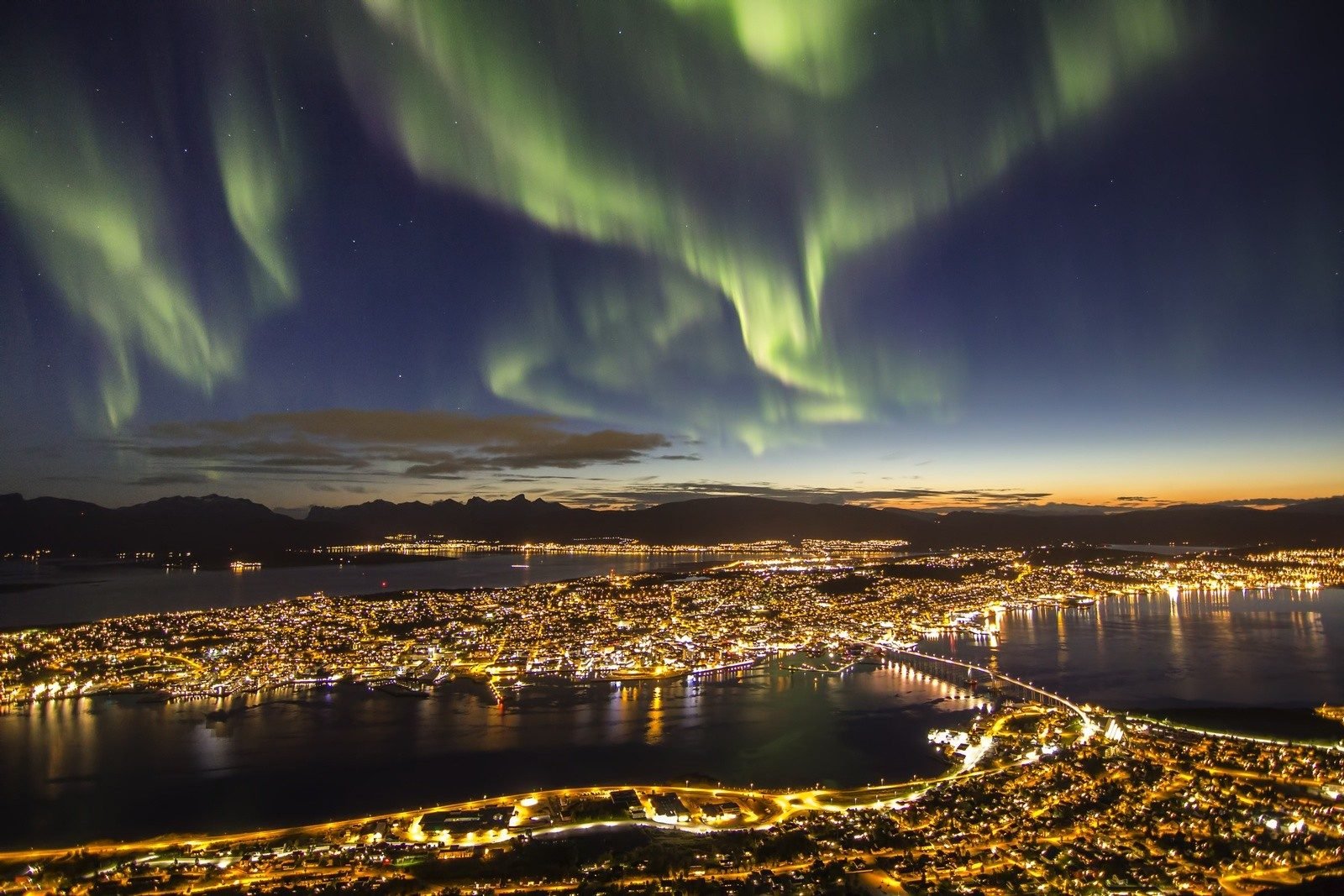
1. Where Can You See the Northern Lights?
The northern lights can be seen in the northern parts of Alaska, Northern Canada, Iceland, Norway, Finland, Russia, Sweden and Greenland. They circle the world in what is known as the 'auroral oval', which usually occurs between 60 and 75 degrees of latitude. However, during periods of more intense activity - known as a solar maximum - you will be able to see the northern lights further south, including in parts of the UK.
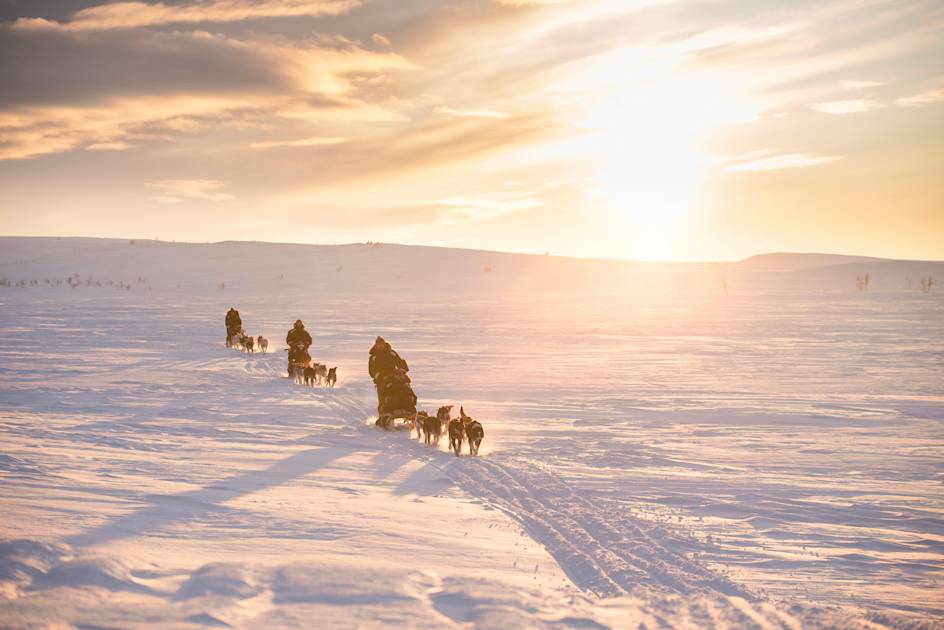
Read More: Where are the Northern Lights? When and Where to See the Aurora Borealis?
2. When is the Best Time to See the Northern Lights?
The best time to see the northern lights is between late August and mid-April, although your best chance is in the window of opportunity between late September and late March. The northern lights are most active during the spring equinox (March 20th) and the autumn equinox (22nd September).
From mid-April until mid-August, the long days of summer mean your chances of seeing the Northern Lights are slim to zero, as it doesn't get dark.
3. Where is Best to See the Northern Lights?
Anywhere under the 'auroral oval' - between 60° and 75° N - is a good place to see the northern lights. Tromsø, in northern Norway, has one of the highest probabilities of seeing the aurora borealis in the world - it's located in an active solar area directly under the auroral oval. Rovaniemi, in Finnish Lapland, is also named one of the best places in the world to see the northern lights, with the aurora visible for around 150 nights a year (sitings are especially likely in September and October).
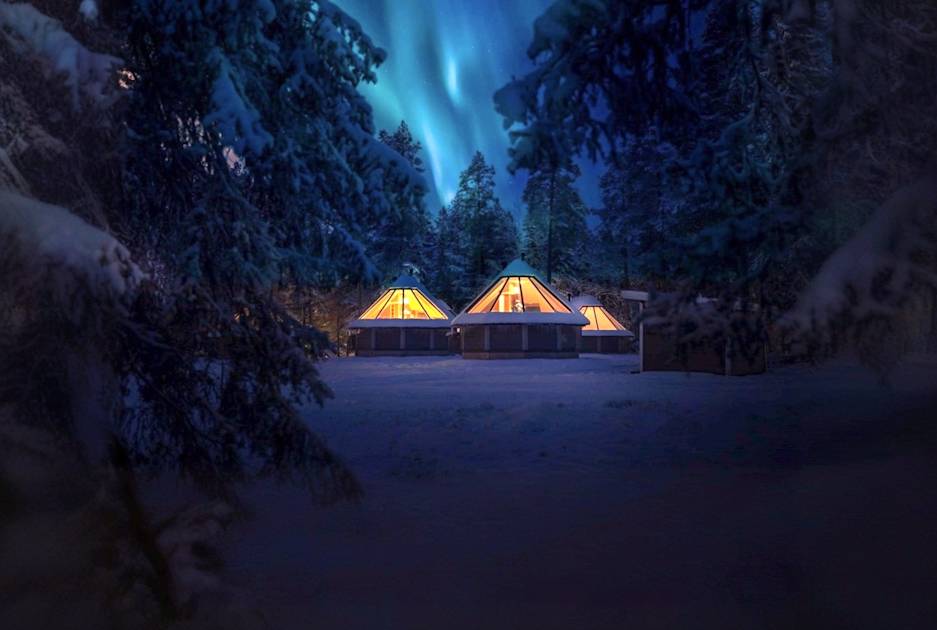
4. What Time Can I See the Northern Lights?
The optimum time for northern lights viewing is between 10pm and 2am in the local time (when the skies are darkest). However, geomagnetic activity can happen at any time - people living in Svalbard, where there's 24 hour darkness in winter, have reported seeing the lights at all times of day, from 9am to lunchtime.
5. Where Can I See the Northern Lights in Iceland?
The northern lights can be seen across Iceland, but we'd recommend steering clear of urban centres such as Reykjavik, since light pollution can obscure them. Check the forecast (vedur.is) to see what area of the country has the least cloud cover. Snaefellsnes Peninsula and Jökulsárlón lagoon are popular spots.
Read more: How to See the Northern Lights in Iceland: A Guide
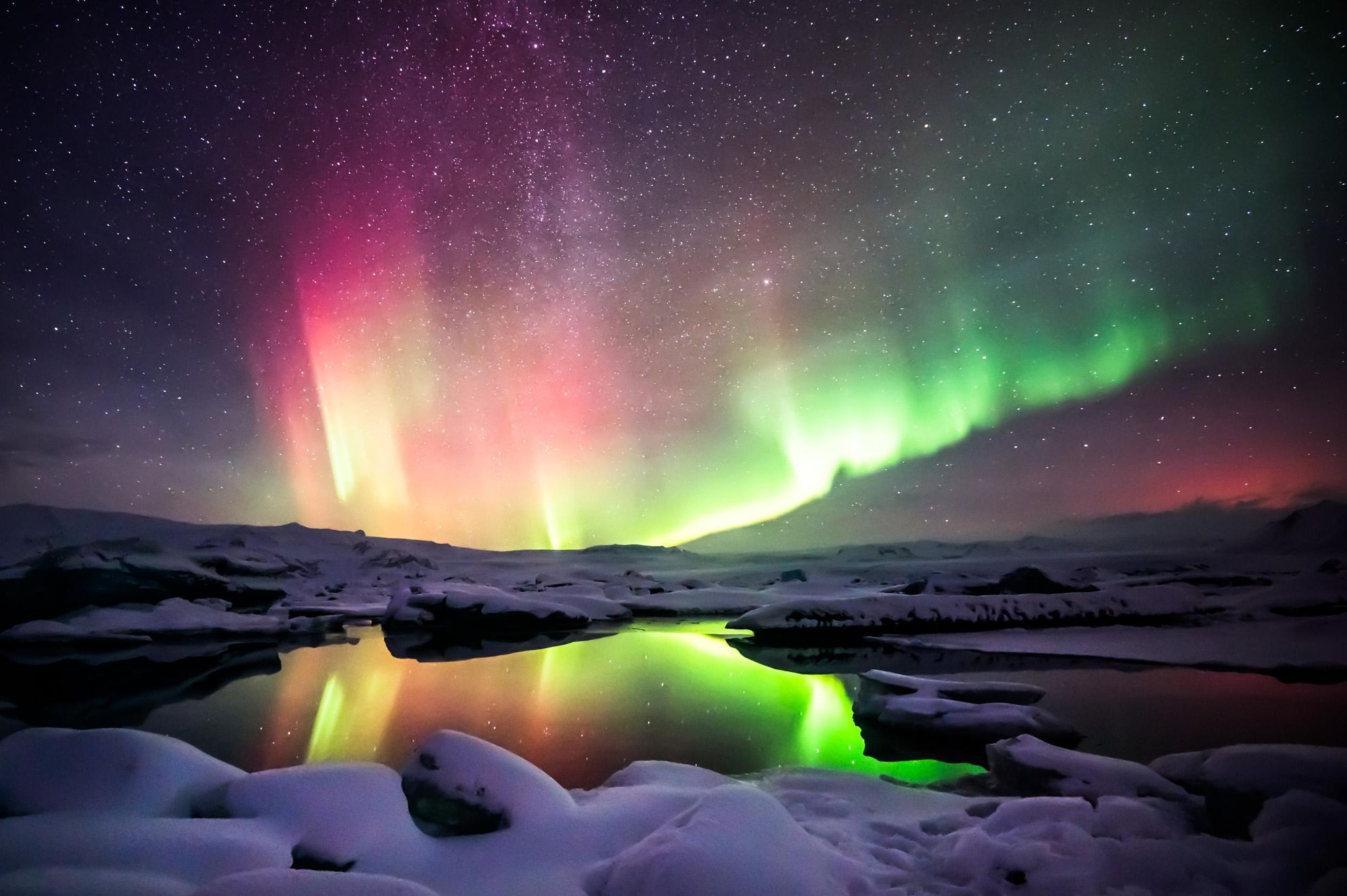
6. Where in Norway do I See the Northern Lights?
For your best chance of seeing the Northern Lights in Norway, venture to the north of the country, above a latitude of 65° N (Oslo is 60° N). Popular spots include Tromsø, Kirkenes, the Lofoten Islands, North Cape (Nordkapp) and Svalbard.

7. Where in Scotland Can You See the Northern Lights?
Scotland is the furthest north of all the countries in the UK, and offers the best chance of seeing the northern lights. Try the Shetland Islands, the northernmost part of Scotland. It's definitely not guaranteed on mainland Scotland, as it's further south than the 'auroral oval', but there will be increased northern lights activity in 2024 as it's a solar maximum. You can also see them further south, on the mainland, of course, but generally speaking, the further north you go the better.
8. What Causes the Northern Lights?
The northern lights are caused by activity on the sun's surface. The sun produces a steady stream of electrically charged particles, some of which travel across space to earth, where they are channeled to the north and south magnetic poles. These particles collide with atoms and molecules of oxygen and nitrogen in Earth's atmosphere, which produces the lights of the aurora.
9. Are the Northern Lights Always Green?
The northern lights are not always green, although this is the most common colour. When charged particles from the sun hit the earth's atmosphere, their interaction with different gases produces different colours during an aurora display. You see green in the aurora when the particles have interacted with oxygen, while blue, purple and pink are caused by nitrogen. A rarer colour is deep scarlet, which is caused by interaction with very high-altitude oxygen particles.
When the aurora is lighter, you may just see them as a grey wisp in the air.
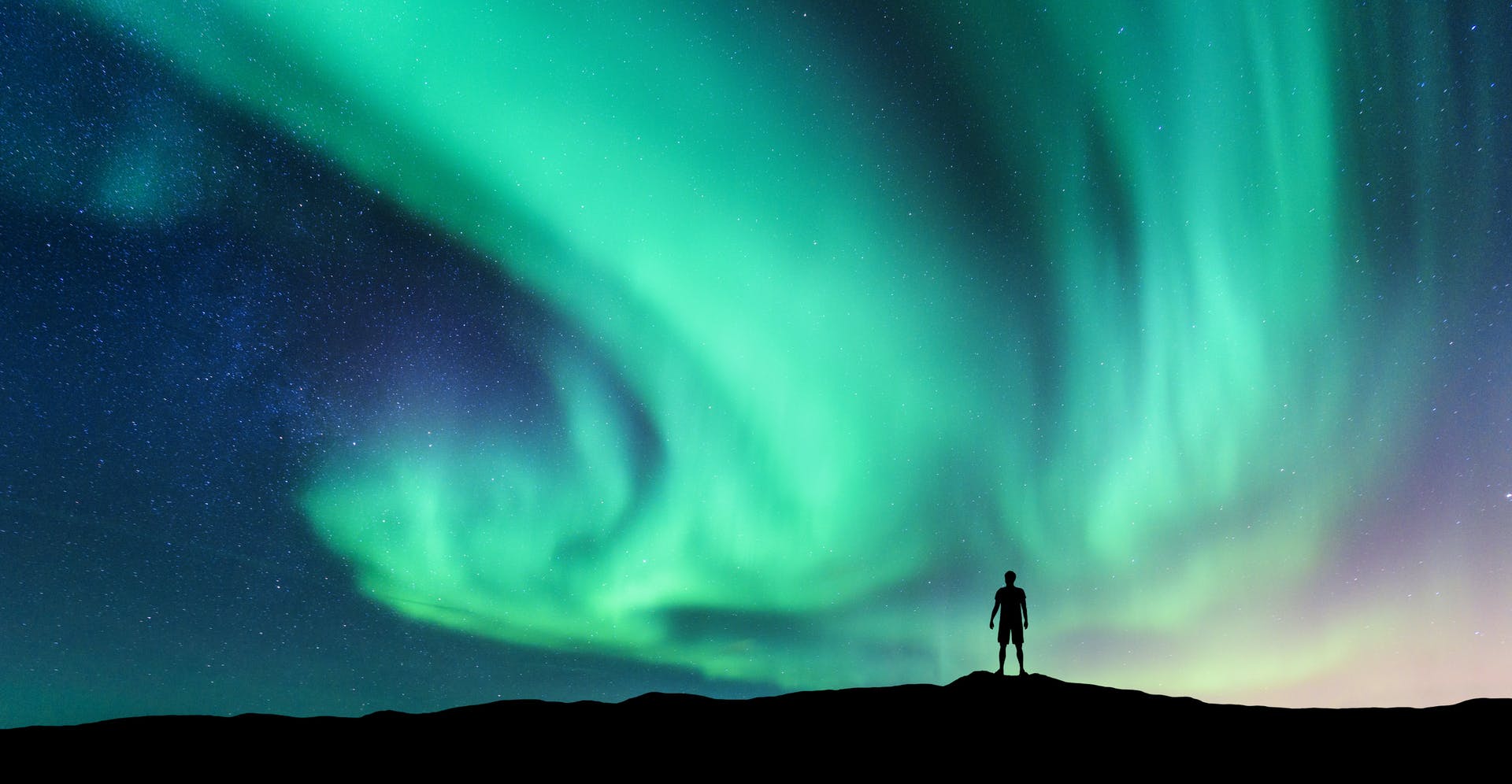
10. Are the Northern Lights Going to Be Brighter Than Usual in 2024?
There's a chance that the northern lights will be more beautiful in 2024. This is because between January and October 2024, it's going to be the 'solar maximum' - the point in the solar cycle when the sun is most active. Considering the aurora is caused by charged particles from the sun interacting with gases in the earth's atmosphere, during the solar maximum northern lights displays should be more vibrant and more frequent.
11. How Can I Maximise My Chance of Seeing the Aurora on a Northern Lights Hunting Trip?
To increase the likelihood of seeing the northern lights, travel to the right places (anywhere on the auroral oval, from Iceland to Finnish Lapland) at the right time of year - from September to March. We'd also recommend going on a multi-day northern lights holiday; that way you have several chances for cloudless skies.
12. Which of Your Trips is Best For Seeing the Northern Lights?
We don't keep track of the success rates of aurora viewings on our northern lights trips, but you can look through their reviews to see how many people do glimpse them. We recommend you choose the northern lights hunting trip that appeals to you most in terms of activities and location - then if you don't see the aurora, you still would have had a great time.
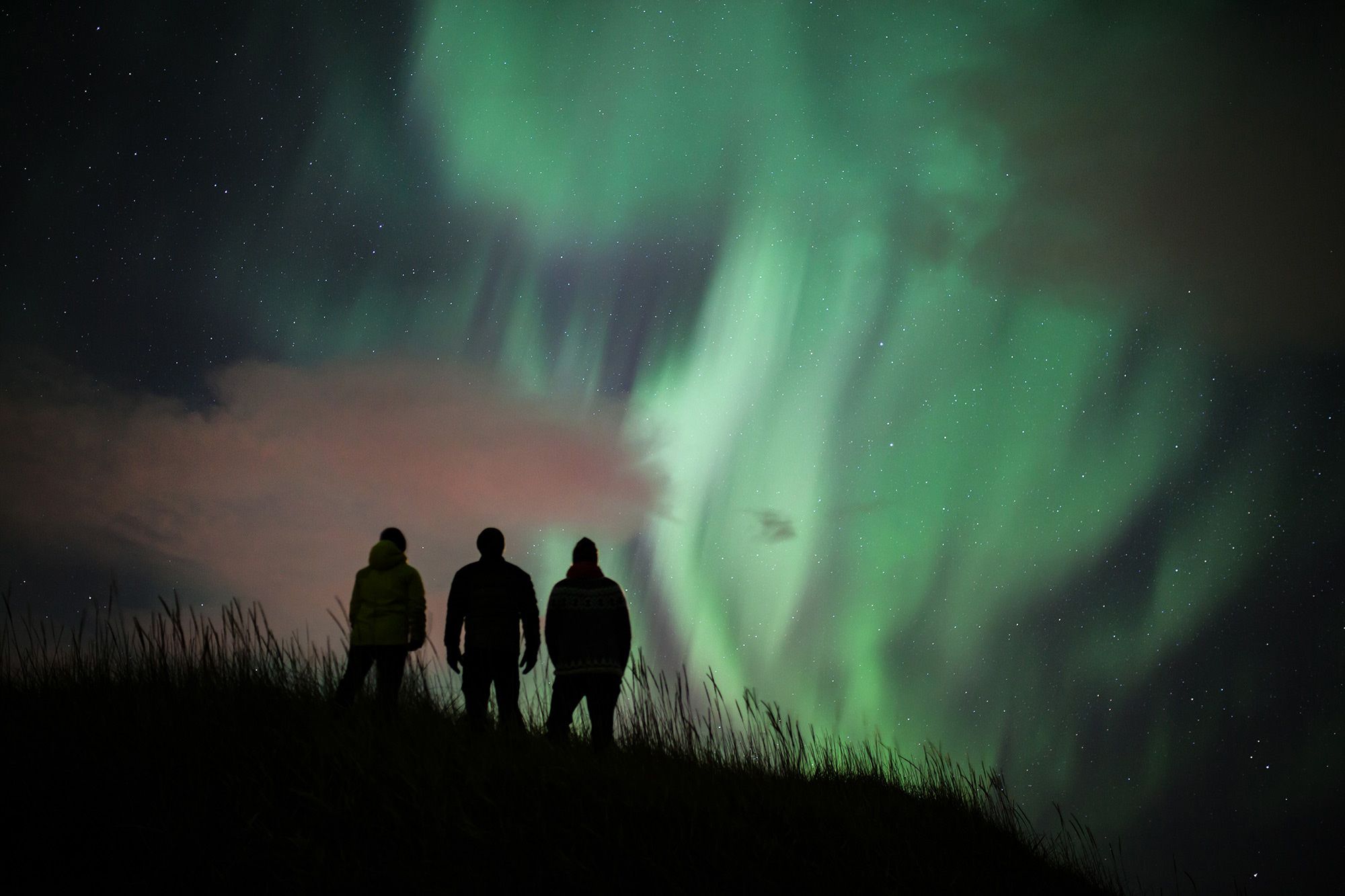
13. Is Seeing the Northern Lights Ever Guaranteed?
Seeing the northern lights can never be guaranteed. Like all natural phenomena, the northern lights are unpredictable - and this elusivity is part of their appeal. Of course, there are ways of increasing your chances - being in a place under or near the auroral oval, at the right time of year - but you can't control the level of auroral activity, or whether it's going to be a cloudless night.
14. What Direction Do I Look to See the Northern Lights?
To see the northern lights, look towards the northern horizon - that's the most likely direction. However, they might also appear above your head, or in another direction.
15. How do I Photograph the Northern Lights?
To take a picture of the northern lights, you'll want to set your camera to manual, and have a slow shutter speed and wide aperture to let as much light in as possible. Our recommendation is to set your ISO between 800 and 3200, and your aperture between f/2.8 and f/5.6. You’ll want your shutter speed between 15 and 30 seconds. With that in mind, it’s probably a good idea to take a tripod.
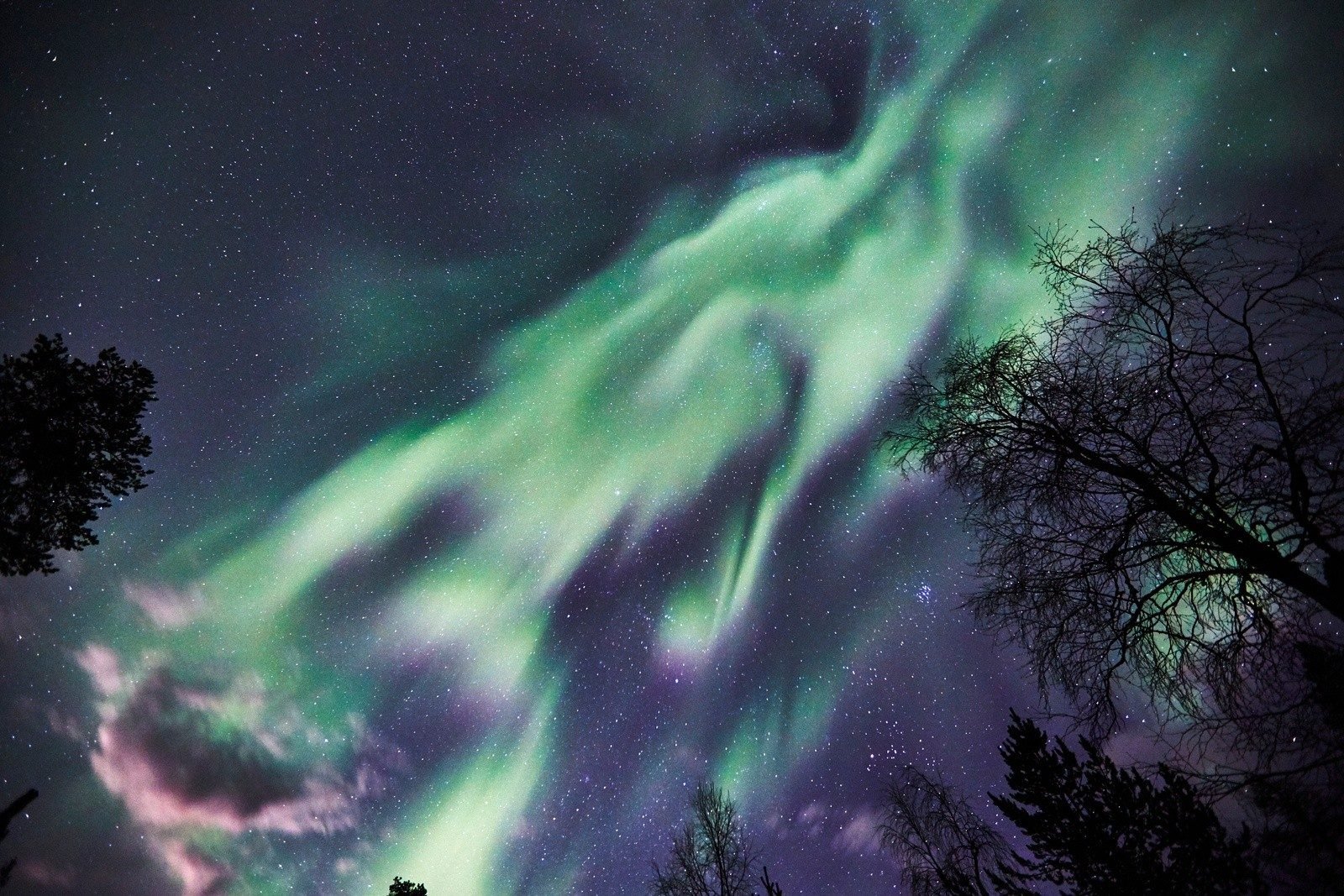
16. How Do I Take Pictures of the Northern Lights with My Smartphone?
There are several ways to take photos of the northern lights with your phone. You can switch your phone camera to 'night mode', or change to manual settings - try experimenting with a wide aperture (f/2.8) and shutter speeds of between 10 to 30 seconds. A third option is to use an app for night or time lapse photography, such as Cortex Camera or the Northern Lights Photo Taker app, which is designed exclusively for aurora photography. All of these options will lead to slow shutter speeds, so make sure you use a tripod or another way of keeping your phone stable.
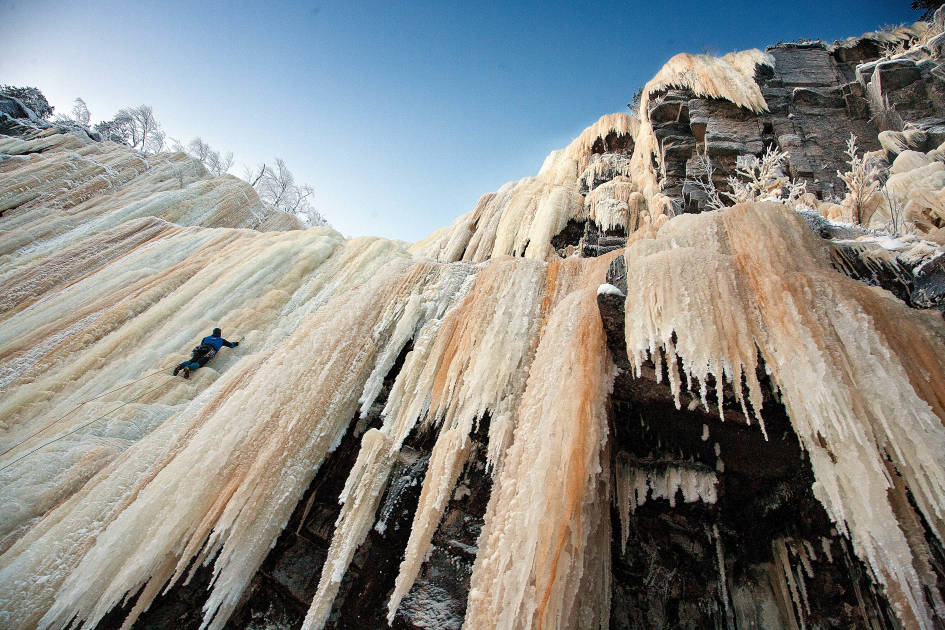
17. Will the Full Moon Affect Seeing the Northern Lights?
The northern lights are dependent on solar activity, not lunar activity, so the lights will still appear during a full moon. You might find moonlight makes the sky lighter, but it shouldn't eclipse the aurora unless it's very weak. Many photographers actually prefer taking shots of the northern lights during a full moon because it illuminates the landscape and the foreground of their pictures.
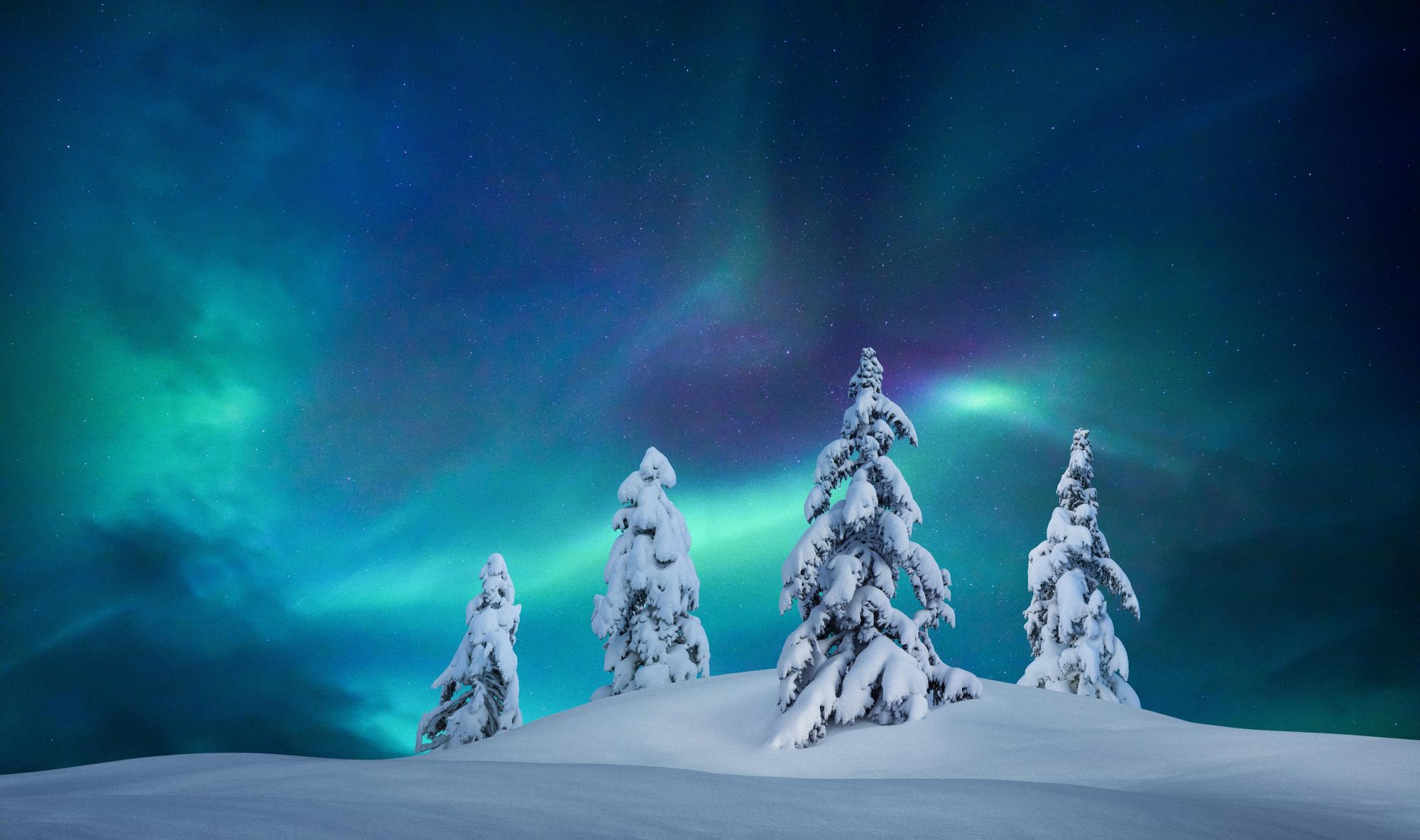
18. Is There a Way to Predict the Strength of the Aurora On a Given Evening?
There are a variety of apps and websites you can use to see what strength the aurora will be on a given day, as well as the level of cloud cover. Most websites are country-specific: vedur.is gives you Iceland's aurora forecast, while Yr.no shows the aurora forecast for Norwegian cities (under the 'other conditions' tab). Meanwhile, the My Aurora app can be used across multiple countries - alongside the forecast, it gives you notifications when auroral activity is high, and showcases users' aurora photographs taken in locations near you.
19. How Long do the Northern Lights Last?
The length of a northern lights show varies. Sometimes several minutes, and if you're very lucky, several hours - you can expect a good show to last between 15 to 30 minutes.
20. How close to Earth are the Northern Lights?
The northern lights are normally between 60 to 150 miles (97 - 241 km) away from the Earth's surface, but can be closer or further. The colour of the lights varies depending on how far above the Earth’s surface they’re occurring. When solar particles collide with oxygen molecules between 60 to 150 miles from the Earth's surface, the lights will be green, but they will be red if they collide with oxygen higher up in the atmosphere (200 miles away or above). Blue and violet lights are caused by collisions with low-level nitrogen particles (60 miles or lower).
Inspired? Check out our Northern Lights Adventures in the remotest parts of northern Europe.



